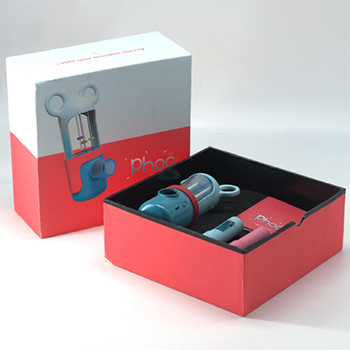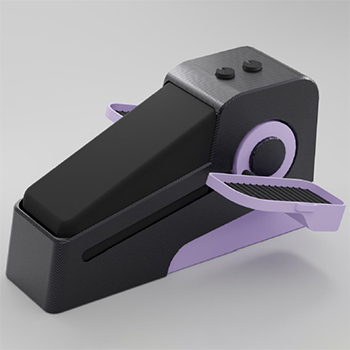Parkinson's disease (PD) is a chronic neurodegenerative disorder that affects the central nervous system. It is characterized by the loss of dopamine-producing cells in a specific region of the brain called the substantia nigra. Dopamine is a neurotransmitter responsible for transmitting signals that regulate movement and coordination. As dopamine levels decrease, individuals with PD experience a range of motor and non-motor symptoms. The primary motor symptoms of PD include tremors, bradykinesia (slowness of movement), rigidity (muscle stiffness), and postural instability (balance problems). Non-motor symptoms may include cognitive impairment, depression, anxiety, sleep disturbances, and autonomic dysfunction. PD is a progressive disease, meaning symptoms worsen over time. While there is no cure for Parkinson's disease, various treatments, including medication, physiotherapy, and lifestyle modifications, aim to manage symptoms and improve quality of life for patients. However, there is a need for innovative equipment that targets the specific challenges faced by PD patients. This project aims to fill that gap by designing advanced personnel physiotherapy equipment that addresses the unique needs of PD patients, focusing on improving motor function, balance, and mobility. The report outlines the design process, technical specifications, functionality, and potential benefits of the developed equipment, along with recommendations for future improvements and implementation. Through this project, I hope to contribute to the advancement of physiotherapy interventions for Parkinson's disease, ultimately enhancing the well-being and functional abilities of affected individuals.


